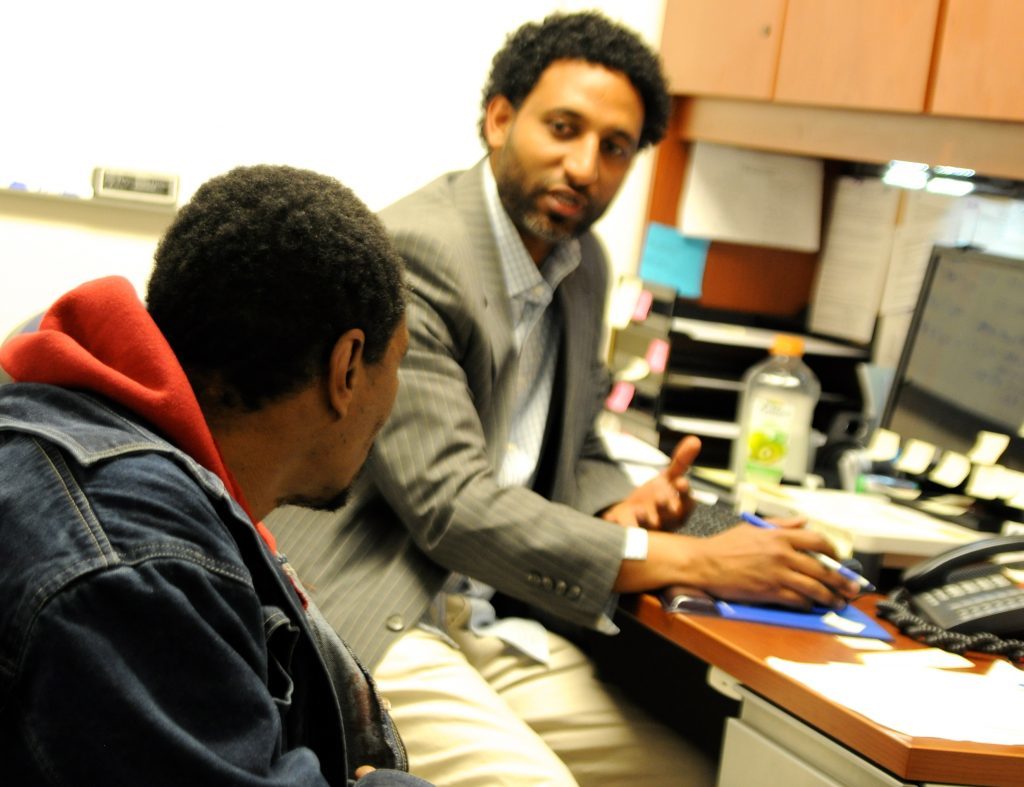Research: Trauma-Informed Organizations
Toolkit: Understanding Trauma
On an individual level across one’s lifespan, the consequences of trauma are pervasive, and these effects influence dynamics within larger systems, such as the family, agency, and community.
People experiencing homelessness endure a disproportionate amount of trauma, and many consider homelessness itself a traumatic event. Unfortunately, health centers aiming to provide services and support for this population can be trauma-inducing or re-traumatizing in ways that are harmful to the goals of providing whole-person, quality care.
To ensure health centers are providing quality care, all staff members must understand the widespread impacts trauma can have, how to interact with people who have endured trauma, and why it is important to use trauma-informed principles.


Learn more about trauma:
- SAMHSA’s Concept of Trauma and Guidance for a Trauma-Informed Approach (July 2014)
- Envisioning a Trauma-Informed Service System: A Vital Paradigm Shift
- Laying the Groundwork for Trauma-Informed Care
- Key Ingredients for Successful Trauma Informed Care Implementation
- A Radical Understanding of Trauma and Trauma-Informed Work
- Trauma-Informed Growth Tree
- The Sanctuary Model
- Trauma Informed Principles through a Culturally Specific Lens
- The Future of Healing: Shifting From Trauma Informed Care to Healing Centered Engagement

